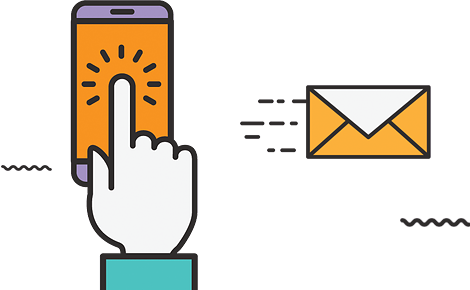
therwise known as “lift-and-shift.” Most rehosting can be automated with tools, although some customers prefer to do this manually as they learn how to apply their legacy systems to the new cloud platform.

I sometimes call this “lift-tinker-and-shift.”You may be looking to reduce the amount of time you spend managing database instances by migrating to a database-as-a-service platform.

therwise known as “lift-and-shift.” Most rehosting can be automated with tools, although some customers prefer to do this manually as they learn how to apply their legacy systems to the new cloud platform.

Usually this means “revisit” or do nothing (for now). You should only migrate what makes sense for the business; and, as the gravity of your portfolio changes from on-premises to the cloud, you’ll probably have fewer reasons to retain.

We’ve found that as much as 10% (I’ve seen 20%) of an enterprise IT portfolio is no longer useful, and can simply be turned off. These savings can boost the business case, direct your team’s scarce attention to the things that people use, and lessen the surface area you have to secure.

Re-imagining how the application is architected and developed, typically using cloud-native features.This is typically driven by a strong business need to add features, scale, or performance that would otherwise be difficult to achieve in the application’s existing environment.


